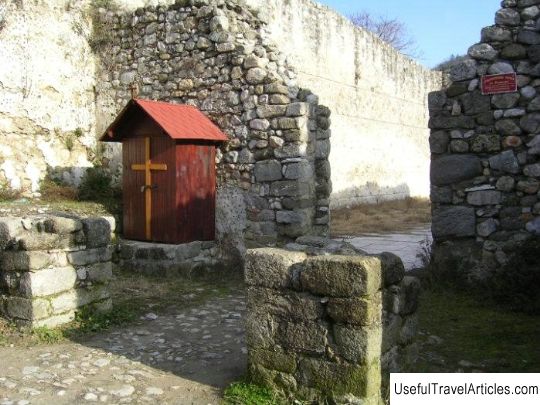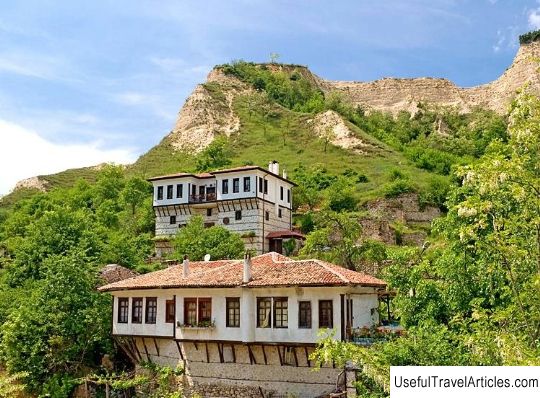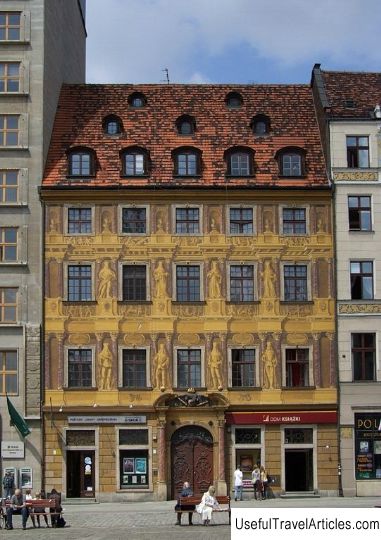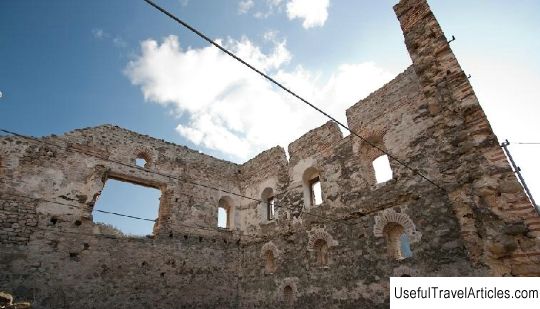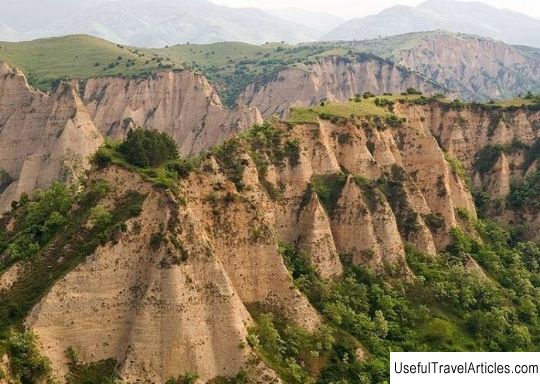Kordopulov house description and photo - Bulgaria: Melnik
Rating: 8,2/10 (7695 votes) 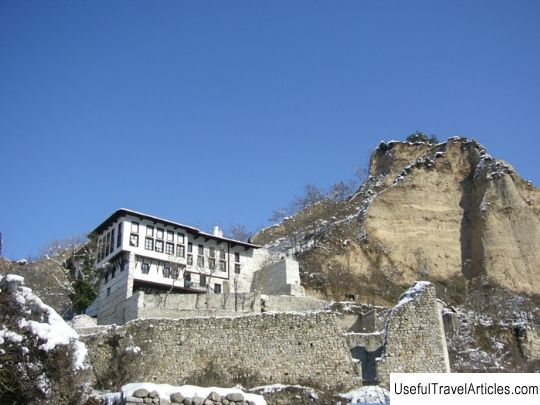
Kordopulov house description and photo - Bulgaria: Melnik. Detailed information about the attraction. Description, photos and a map showing the nearest significant objects. Photo and descriptionKordopulov house is a building of the National Revival period in Bulgaria, located in the south-east of Melnik. The construction of the house was completed by 1754 and this building is still considered the largest in Bulgaria among the houses of winemakers. The building was bought by Manolis Kordopoulos, a famous and successful trader from Greece. In Melnik, he established his own wine production. There is a wine cellar on the ground floor. In addition, the house has semi-basements for household needs and living rooms. Two of the four floors of the Kordopulov house are stone. Rooms inside the house and various utility rooms are connected by seven staircases, and wooden floors are covered with luxurious variegated carpets. The upper part of the building combines elements of Venetian and Ottoman architectural styles. This part is also decorated with Venetian glass, which makes the Kordopulov house a unique architectural monument in Bulgaria. The row of the lower twelve windows is in the typical Bulgarian style. A characteristic feature of the houses in Melnik is the wine cellar, which is located in a tunnel dug right into the rock. Such a cellar can store up to three hundred tons of wine, and the largest barrel can hold 12.5 tons. The cellar corridors are narrow and low enough, however, the artificially created rocky rooms are equipped with a ventilation system. The Bulgarian revolutionary Sandanski lived in this house until the First World War. The last representative of the Kordopulov clan was killed in 1916, after which the building passed to Agnes (it remains unknown exactly what relation she has to this family, it is believed that she was either a maid or the sister of one of the eminent Greeks). The restoration of the building was carried out from 1974 to 1980, after which the Kordopulov house became a private museum. More than 30,000 tourists come on excursions every year.     We also recommend reading Town Hall description and photos - Slovenia: Ljubljana Topic: Kordopulov house description and photo - Bulgaria: Melnik. |
